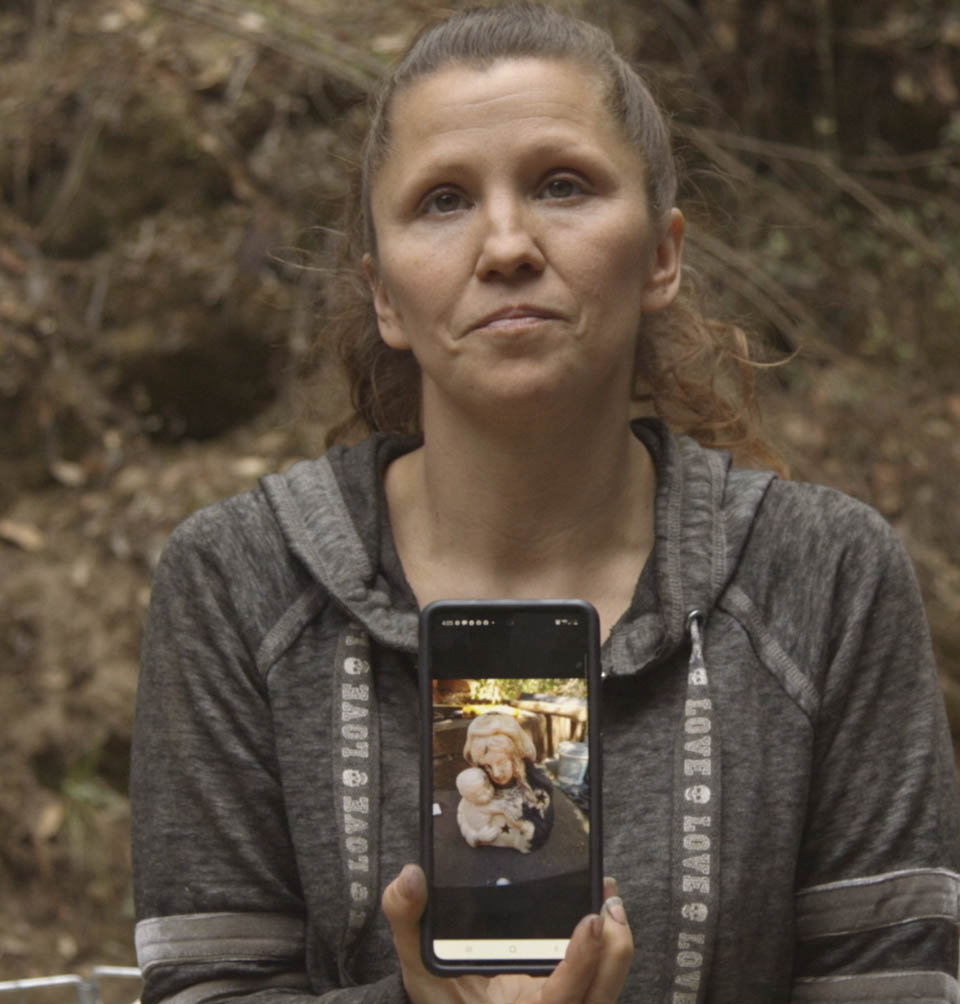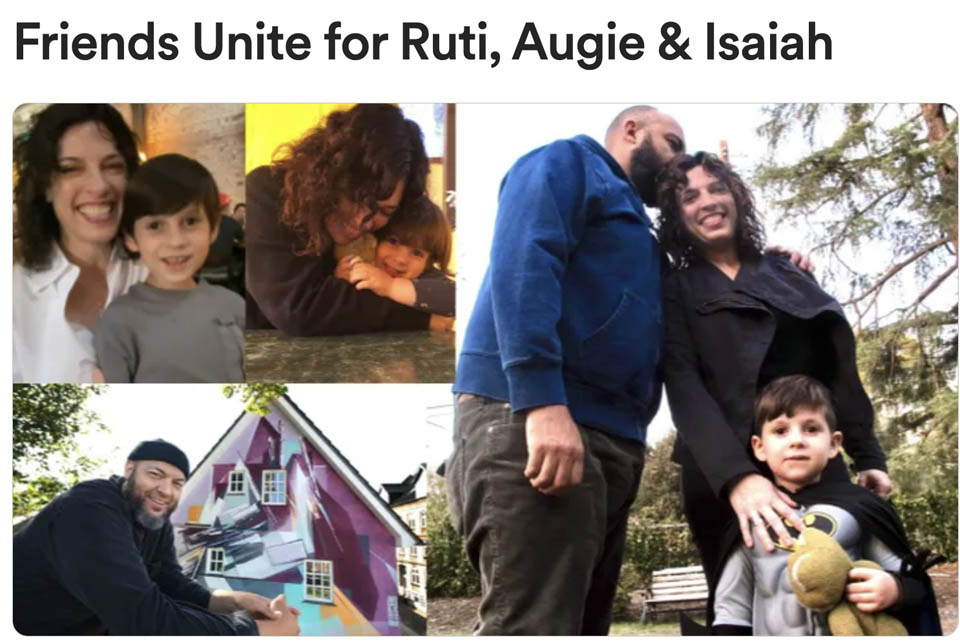Yesterday I read this invitation on Instagram and also on Facebook from my friend and colleague, Irene Lusztig.
Hi friends. Many of you know that in 2020 my Santa Cruz Mountains neighborhood of 12 years burned in a massive wildfire—900 of my neighbors lost their homes. In the nine months after the fire, I spent time filming with neighbors—all strangers before we met to film together—whose homes had burned. In a moment of staggering community loss, I felt like sitting with and holding people’s grief was something that, as a filmmaker, I could offer. This process was really hard—I would cry every time I drove back into the mountains to film. But engaging in that way also felt like the right way to process what had happened. I thought a lot during this time about images of trauma and disaster porn—what is the difference between the immediacy of making anonymous images of burning and burned homes (these kinds of images are still very hard for me to look at), as opposed to people inviting me onto their burned land, at a time when they felt ready, with the intention to sit together and share. I also thought a lot about time—the time it takes to process the shock of a disaster, the time it takes for new plant life to grow again on burned land, the tremendous amount of time it takes to recover or rebuild (or decide to move elsewhere, as some of us did in the end). There was a lot of media attention on our fire while it was happening and in the immediate aftermath. But then the world moved on quickly to other, more pressing disasters, while, in actuality, recovery took months and then years. My old neighborhood is still in an active process of recovery and rebuilding more than four years after the fire. This film showed in a few film festivals after I made it, and it honestly never felt right for this film to screen in that way. Something about offering my neighborhood’s (and my own) grief as a work of art for strangers to consume on a festival screen felt improper. But sharing it for free today for whoever might want or need a film like this feels right. As many people are writing about “unimaginable” loss in this moment, maybe a film like this can offer a small way to approach a space of imagining together. — Irene Lusztig

As someone who lived, raised a family, worked, and made deep community in Altadena, Pasadena, and Los Angeles for 21 years, I have not known where and how to look, help, speak, engage from afar, although I do keep trying. How my memories align with on-the-ground suffering. How to imagine what I can’t know. Irene’s film is a treasure, and a balm, and a gift. I watched it yesterday and her community’s resilience, equanimity, and grace is one way to imagine a future.
Her feminist film work, and learning about it via social media, reminds me that communities of practice are real, even as we are dispersed; that we continue to learn with each other; that documentary does many kinds of ethical and political work across different and competing durations; that we can rewire infrastructures (of distribution, of accounting) when we need more than capital or platforms will allow.

Comments
2 responses to “sit together and share”
[…] out today on the weekend when so much else is going on in the world. We have a lot on our minds, burdening us, weighing us down. And still, we gather on Zoom to talk about a project that we’re very much in the middle of. […]
[…] It’s been such a hard few days for me because of what’s going on in Altadena and Pasadena and Los Angeles. I have been feeling so despairing and ineffectual. It was so powerful […]